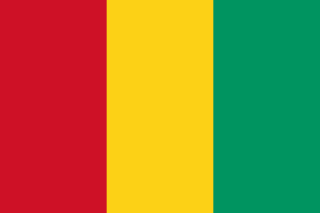Guinea - Environment

As far as the environment of Guinea is concerned, there have been . As for nvironment - international agreements, we have; .
About the environment of Guinea
| Climate | We have generally hot and humid; monsoonal-type rainy season (June to November) with southwesterly winds; dry season (December to May) with northeasterly harmattan winds |
|---|---|
| Revenue from forest resources | |
| Revenue from coal | |
| Waste and recycling | Municipal solid waste generated annually: 596,900 tons (2024 est.) |
| Total renewable water resources | 226 billion cubic meters (2022 est.) |
| Major rivers (by length in km) | |
| Total water withdrawal | |
| Municipal | 230 million cubic meters (2022 est.) |
| Industrial | 60 million cubic meters (2022 est.) |
| Agricultural | 600 million cubic meters (2022 est.) |
| Land Use | |
| Agricultural land | 73.2% (2023 est.) |
| Agricultural land: arable land | arable land: 24.4% (2023 est.) |
| Agricultural land: permanent crops | permanent crops: 5.3% (2023 est.) |
| Agricultural land: permanent pasture | permanent pasture: 43.5% (2023 est.) |
| Forest | 20.3% (2023 est.) |
| Other | 6.5% (2023 est.) |
| Urbanization | |
| Urban population | 38.1% of total population (2023) |
| Rate of urbanization | 3.64% annual rate of change (2020-25 est.) |
| Major urban areas (Pop) | 2.111 million CONAKRY (capital) (2023). |
All Important Facts about Guinea
Want to know more about Guinea? Check all different factbooks for Guinea below.









